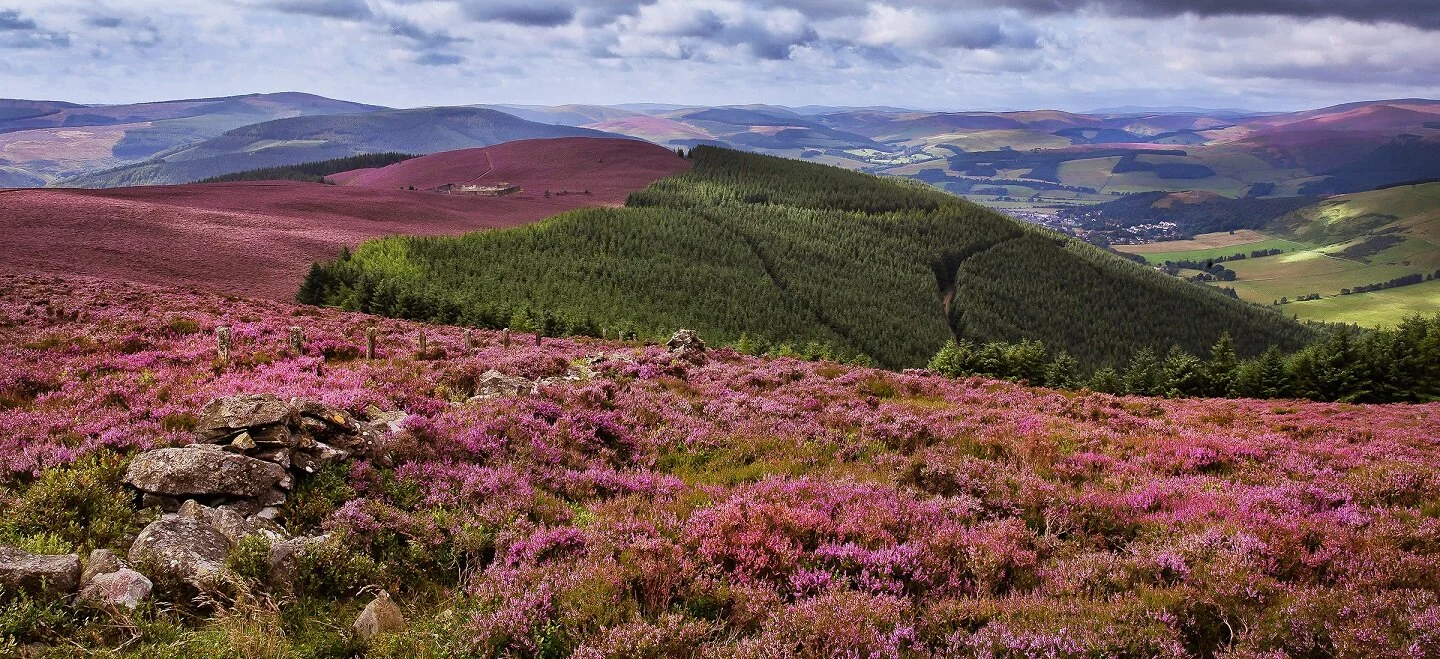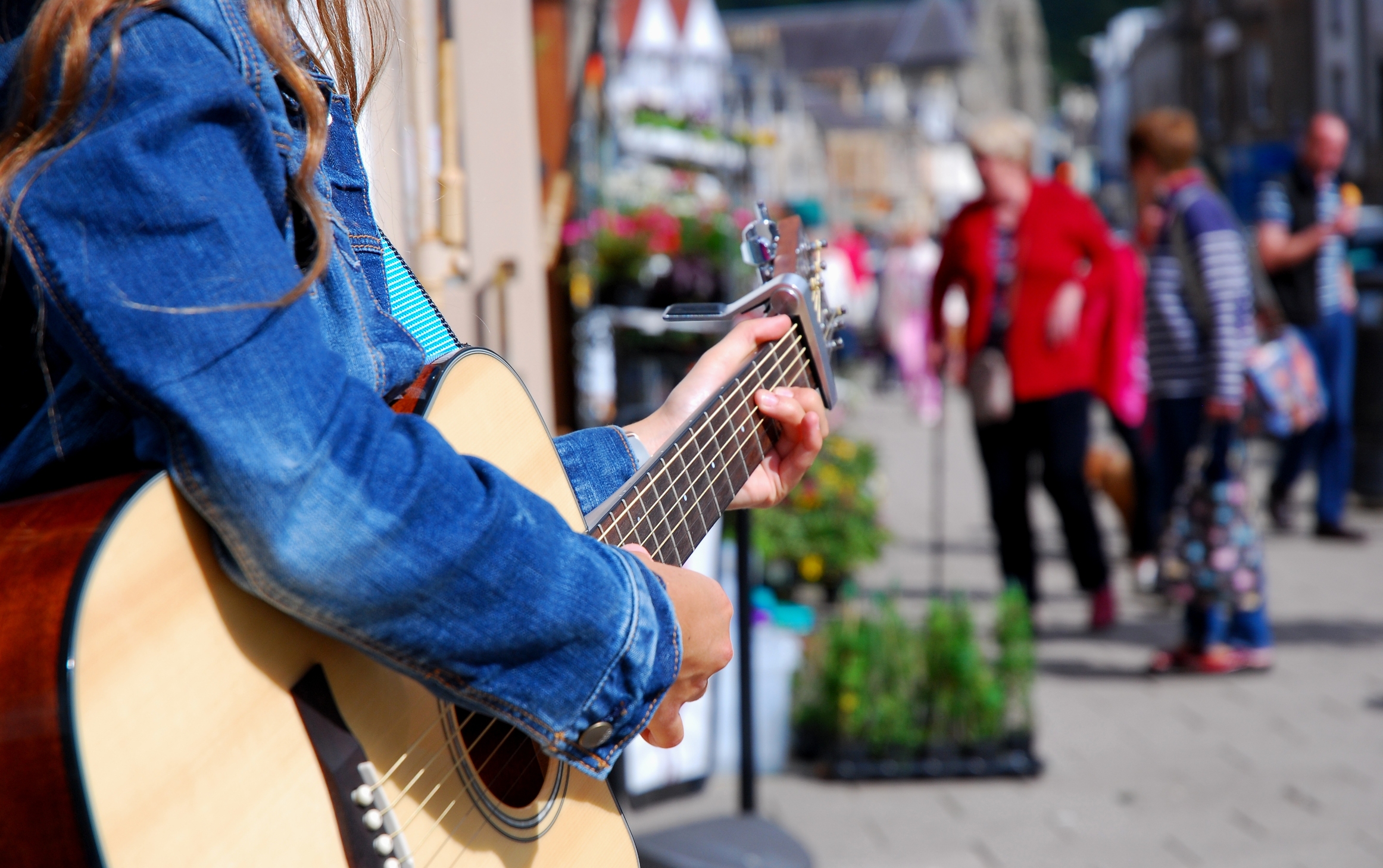Are we ready to see the return of the lynx to Scotland? Across mainland Europe, this elusive animal has made a major comeback following several successful reintroductions.
Solitary and secretive, the lynx has long been regarded by conservationists and ‘rewilders’ as the most palatable, and likely, possible reintroduction of a large predator to these shores.
There have already been several studies exploring the ecological feasibility of bringing lynx back to Scotland and all have returned positive assessments. There is enough food (mostly roe and sika deer) and enough suitable habitat (woodland cover) to sustain a viable population of around 500 animals in various part of the country.
But while we know about the ecological feasibility of bringing lynx back to Scotland, we don’t yet know about the social feasibility of doing so. Are people willing to live alongside lynx? And do we even know what that might entail?
For the fact is that unless a follower of the wider debate around reintroductions and rewilding, the lynx is not a species that many in this country are familiar with. And why should we be? There hasn’t been a lynx in Scotland for the best part of 500 years. For many, the word lynx is as likely to conjure thoughts of a pungent deodorant than a big cat.
Perhaps such unfamiliarity might carry in its favour? After all, the lynx is an animal that comes with none of the negative connotations, real or imagined, of, say, the wolf.
But the lynx does have big teeth and claws. It does eat meat. And if it is to have a future in Scotland, then it is the attitudes of people that will determine how rosy that future might be.
It is better understanding those attitudes that is the goal of a new study coordinated by SCOTLAND: The Big Picture, Trees for Life and the Vincent Wildlife Trust. Running from January 2021 through to February 2022, Lynx to Scotland will assess the appetite for the return of this long-lost predator and what such attitudes might mean for any future reintroduction.
As we enter the UN Decade on Ecosystem Restoration – which has addressing the global biodiversity crisis at its core – Lynx to Scotland is intended as an open discussion around not just the return of one particular species, but also the many missing ecological processes that would be restored.
Voices will be raised. Strong opinions will be expressed both for and against. But it’s a vital conversation. And the results will tell us much about our relationship with the whole natural world, not just our potential one with the lynx.
photo: Peter Cairns/www.scotlandbigpicture.com











